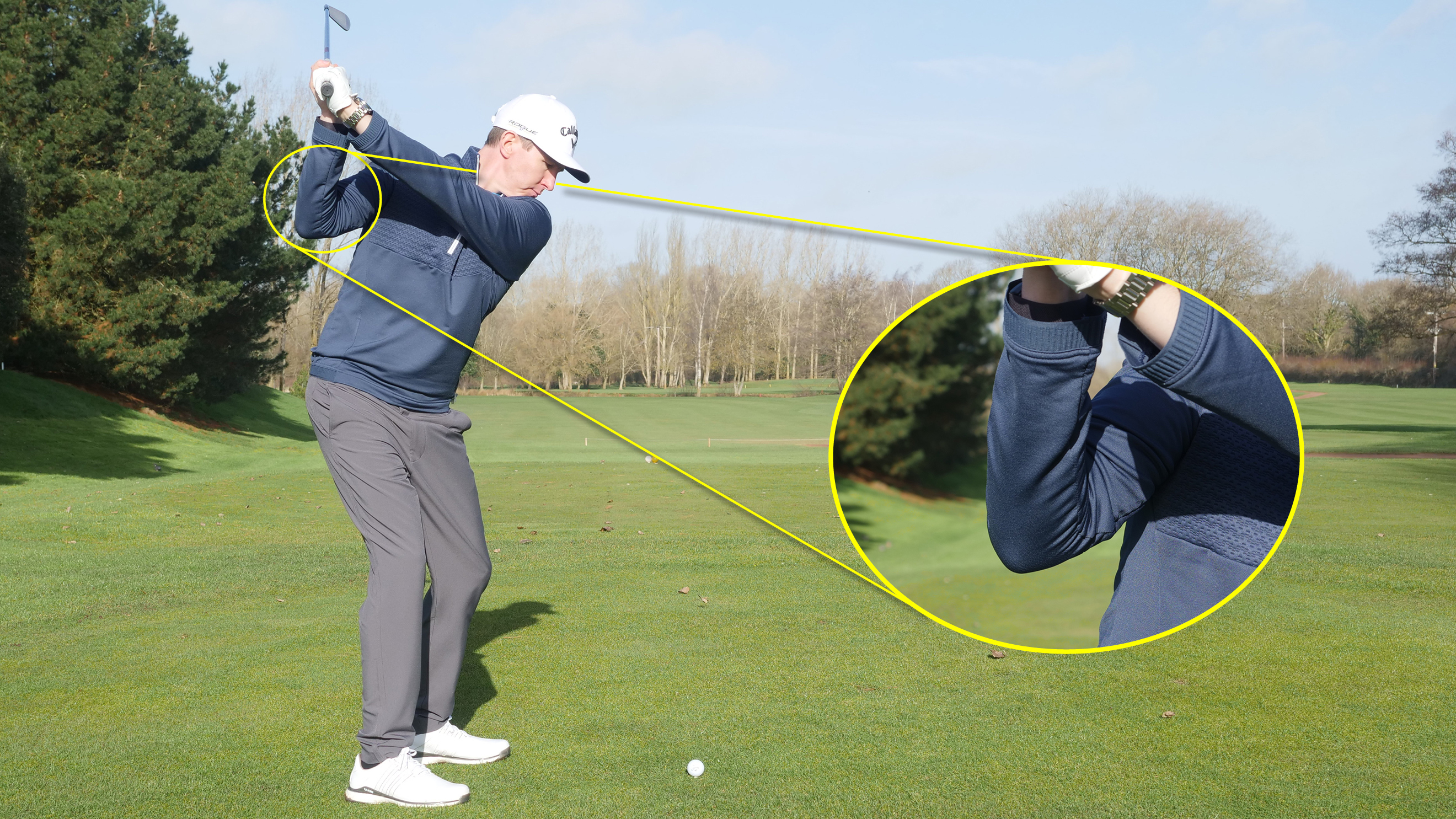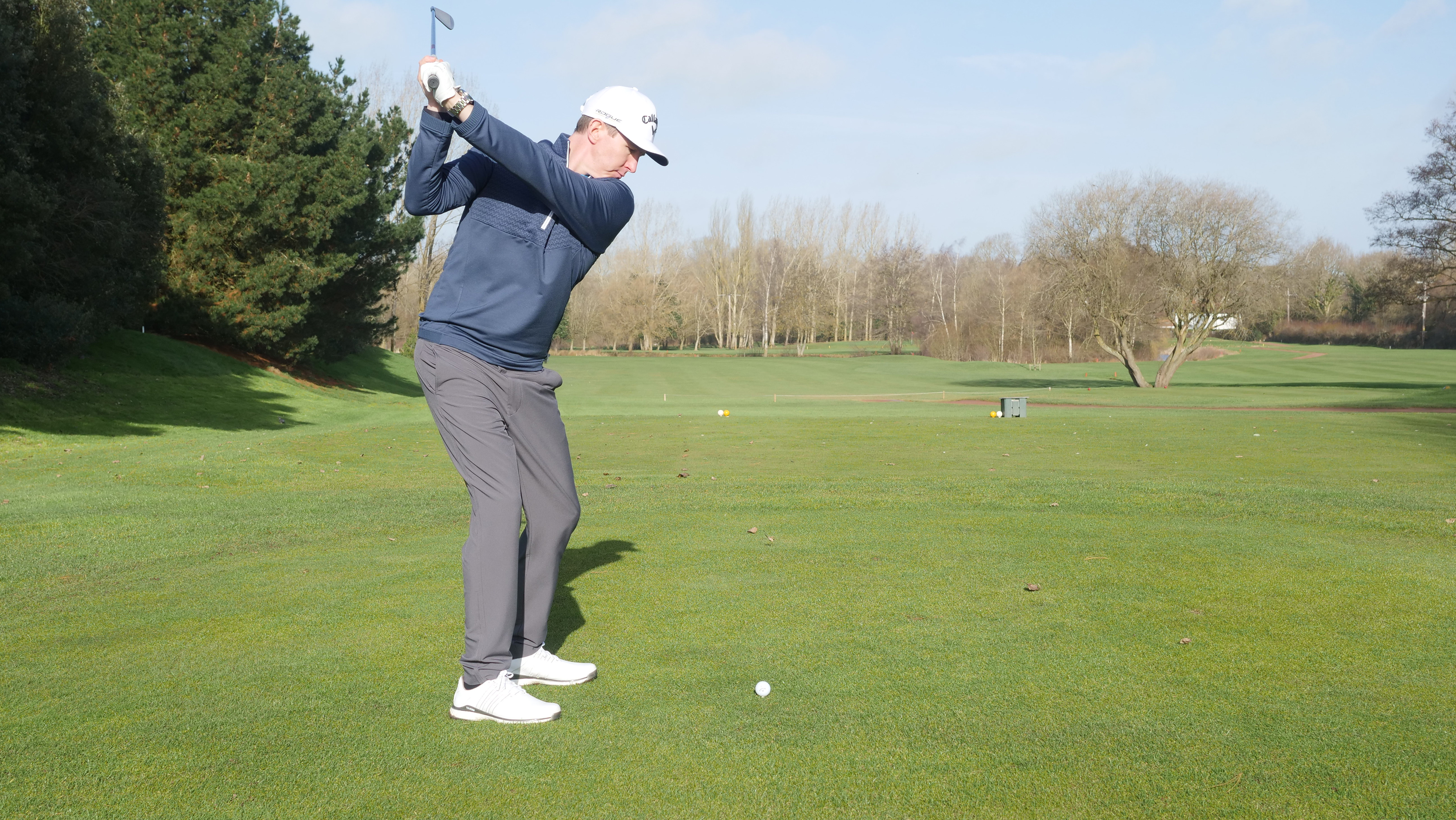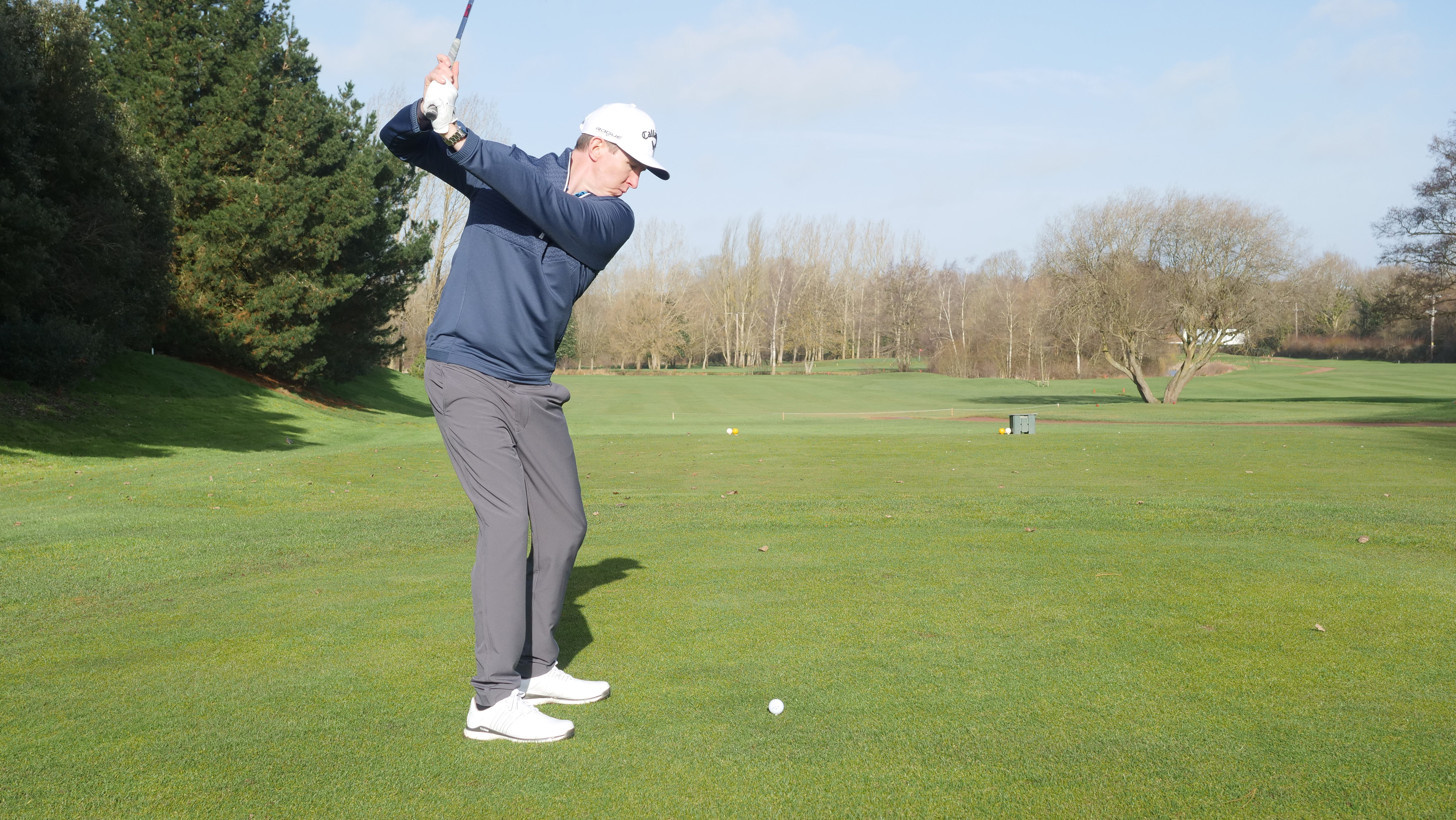
You might not have considered the importance of the way the right elbow works in the golf swing, but this crucial question could lead to more consistency with your ball-striking.
The right elbow plays a pivotal role, especially when it comes to your position at the top of the backswing, so spending some time focusing on this fundamental aspect can certainly yield positive results.
In this video and article, Golf Monthly Top 50 Coach Ben Emerson discusses the different ways that the position of your right elbow can impact your golf swing and the success of your shots...
How Should Your Right Elbow Work In The Golf Swing?
It's important to clarify that this article is based on a right-handed golfer, and therefore applies to the trail arm. For a left-handed golfer, the advice is the same but would be in relation to your left elbow position in the golf swing.
Before you even pick up a golf club, it's important to check your range of motion in the trail arm. This is a simple process, and can give you plenty of useful information. Stand nice and tall, with your arm forming a right angle parallel to the ground.
In this position, as demonstrated in the image below, rotate your forearm backwards towards your shoulder and see how far it stretches. Some golfers will struggle to reach the position I am demonstrating below, but those with a little more mobility in the joints might notice they can go beyond 90 degrees.

If you can get to around 90 degrees, where your elbow is pointing straight down to the ground, you’ve got a solid foundation because your body is physically able to support the club using the elbow at the top of the swing. It should look like the picture (left) above.
Those who can achieve this position should aim for a top of backswing position that looks something like the image below. Your upper body is nicely coiled and ready to drive through the downswing.
In order to create a higher level of swing speed through impact, retaining the angle in your elbow as your body starts to uncoil is crucial in the first part of the downswing.

In fact, your right elbow should drop slightly as your weight distribution moves back towards the target. This will create lag in the golf swing - one of the key elements to power that doesn't cost control.
Then as you continue to unwind towards the ball you should release the angles in your wrists and elbow to inject that little bit of extra speed when you need it most.
Why A 'Flying Right Elbow' Isn't Always A Bad Thing
If you’re someone that lacks golf mobility and can only move your right elbow to say, 45°, it’s important not to force it any further - letting the elbow ‘fly’ is still an effective method. A certain Jack Nicklaus had what is termed ‘the flying elbow’ and won 18 majors, so there are ways of using it to your advantage.

One of the faults I see from people who try and force it is that they early extend in the backswing and come out of posture in a desire to achieve a more 'orthodox' action. The almost start to stand upright at the top of the backswing to create the illusion that the right elbow is in a more orthodox position. But this can do more harm to your strikes than good!
While it has become popular in recent years to keep the elbow more tucked, try to see the positives of the flying elbow. At the top, the club will likely be pointing across the line, so feel like the elbow works straight back towards the ball, and you'll be able to shallow the club effectively and get your golf swing on plane. You'll then be in a great position to his crisper and cleaner shots.
If it's good enough for greats of the game like Nicklaus, Fred Couples and Jim Furyk, it's good enough for the rest of us. So, check your range of motion and see which category you fit into. Then, work on using this to your advantage rather that seeing it as a negative. Good luck!







